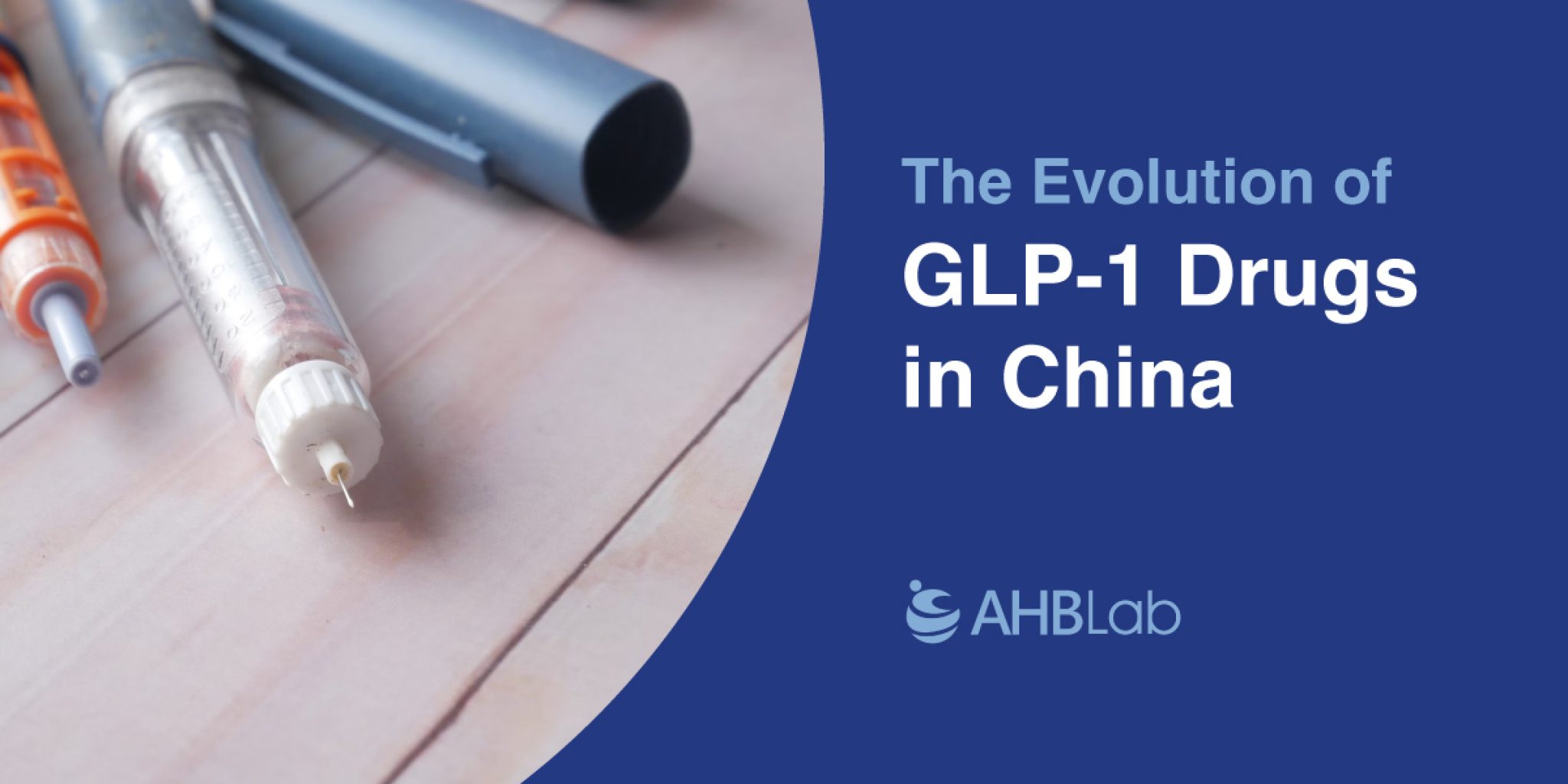The market for GLP-1 receptor agonists has seen some serious development throughout the world, and China is no exception. Originated for type 2 diabetes treatment, GLP-1 drugs are now being used to treat obesity because of their potential weight management medicine. This puts the Chinese healthcare industry at the forefront of a very hot debate: oral GLP-1 drugs versus injectable alternatives. As clinical data builds up, the race to market dominance gets tougher by the day because major pharmaceutical players are getting ready for commercial launches.
Understanding GLP-1 and its Importance
This drug class mimics the natural body hormones in encouraging insulin secretion and regulating blood sugar levels, besides inducing weight loss. Until recently, most well-known members of this class of drugs, Wegovy and Ozempic, were injectables. But following the clearance of oral GLP-1s, accessibility and ease of use are a hot topic of discussion.
With the rates of obesity and diabetes rising so rapidly in China, the demand for GLP-1-based treatments has gone up. These drugs have given a new ray of hope to millions of people to tackle these chronic diseases.
Oral GLP-1 vs. Injectable: A Debate on Accessibility and Efficacy
One of the most pressing debates in the Chinese GLP-1 market revolves around oral vs. injectable options. While injectable GLP-1 medications have been the standard for many years, oral formulations are gaining traction due to their convenience and potential to improve patient compliance. Let’s break down the key aspects of this debate:
1. Convenience and Patient Compliance
Arguably, one of the most talked-about questions in the Chinese GLP-1 market deals with oral versus injectable. While GLP-1 therapies to date have conventionally been injectables, oral formulations are beginning to make their mark on the back of convenience and, therefore, better patient compliance. As a matter of fact, in 2019, an oral GLP-1 receptor agonist called semaglutide was approved for type 2 diabetes treatment in the United States and Europe. Let us look at the important aspects of this debate:
2. Efficacy and Side Effects
While oral GLP-1 medications are considerably more convenient, questions about their effectiveness relative to injectable alternatives remain. Clinical trials so far have shown that injectable GLP-1 drugs, such as Wegovy and Zepbound, remain more effective, particularly in the case of dramatic weight loss. However, oral formulations are rapidly improving, and preliminary data suggest comparable weight reduction in less severe cases of obesity.
The most relevant factor is its well-tolerated ability. Further, oral formulations have been more associated with nausea and vomiting than others. Recent clinical trials have identified that long-term success for oral GLP-1 drugs will depend on tolerability. These minor side effects are currently being minimized by adjusting dosage and titration schedules; however, oral drugs need further data in order to confirm their status as a true alternative to injectables.
Commercial Readiness: China’s Market Prepares for a GLP-1 Boom
The Chinese GLP-1 market is poised for significant expansion, with both multinational and domestic pharmaceutical companies gearing up for commercial launches. Some key developments include:
1. Novo Nordisk and Eli Lilly’s Entry
Meanwhile, Novo Nordisk and Eli Lilly have already successfully launched their injectable GLP-1 drugs, Wegovy and Zepbound, respectively, in China. Both companies are adopting a wait-and-see attitude toward full supply due to global demand and production capacity constraints. That means Novo Nordisk limits supply to China, while Eli Lilly postpones fully launching Zepbound for the same reason. Both companies tailor their products according to China’s needs; Zepbound is approved for a much larger range of BMI.
2. Innovent’s Mazdutide: A Domestic Challenger
Chinese pharmaceutical firm Innovent intends to launch its dual-target GLP-1 medicine, Mazdutide, before the end of 2025. The competitive positioning of Innovent is a result of tapping into an increasing home demand while efficiently handling the regulatory landscape. The expected launch of Mazdutide will be the first domestic GLP-1 medicine with indications for both obesity and diabetes. With the large patient pool of China, coupled with the increasing prevalence of metabolic diseases, Innovent is strategically positioning itself to become a major player in the market.
3. Emerging Local Players
Local companies also are making their efforts within the GLP-1 market with a bunch of oral and injectable candidates in the different stages of clinical trials. Hengrui’s oral GLP-1, HRS-7535, is expected to complete phase 2 trials shortly and its injectable candidate HRS-9531 is meanwhile fully engaged in phase 3 studies. Hansoh presses ahead with its oral GLP-1 candidate, HDM1002, now in phase 2.
Major pharmaceutical firms in China have invested heavily in GLP-1-related research and development as a means of capitalizing on growing demand for weight management and diabetes treatment. Domestically, players will be successful to the extent they can scale, meet regulatory requirements, and compete against global giants such as Novo Nordisk and Eli Lilly.
Expanding GLP-1 Indications Beyond Obesity and Diabetes
While obesity and type 2 diabetes remain the primary targets for GLP-1 drugs, there is growing interest in expanding the use of these drugs to treat other metabolic and cardiovascular conditions. Emerging clinical trials are exploring the efficacy of GLP-1 drugs in treating conditions such as:
- Cardiovascular Disease (CVD): Given the high prevalence of CVD in China, there is significant interest in using GLP-1 drugs to reduce cardiovascular risk in patients with obesity and diabetes.
- Chronic Kidney Disease (CKD): Several companies are investigating the potential benefits of GLP-1 drugs in slowing the progression of CKD, a common complication of diabetes.
- Metabolic Dysfunction-Associated Steatohepatitis (MASH): While still in the early stages of research, GLP-1 drugs are being tested for their ability to improve liver function and reduce fibrosis in patients with MASH, a condition often associated with obesity.
These expanded indications could unlock new markets and increase the total addressable market (TAM) for GLP-1 drugs in China. As clinical data continues to accumulate, the future of GLP-1 drugs looks promising, with potential applications that go far beyond their original use in diabetes treatment.
Conclusion: The Future of GLP-1 Drugs in China
GLP-1 stands at an inflection point in China, where oral and injectable formulations compete for market leadership. While injectables are leading presently due to their efficacy, oral GLP-1 drugs are fast gaining acceptance due to convenience and their potential disruption in the market. The next two years will be very critical for long-term winners in this space as global and domestic pharmaceutical companies accelerate commercial preparations.
Therefore, the emergence of GLP-1 drugs opens new frontiers in weight management and diabetes care for patients in China, bringing hope for easier access and greater efficacy in treatments. With ongoing clinical trials that continue to explore expanded indications, the class of GLP-1 drugs may soon revolutionize how metabolic diseases are being treated in China and around the world.
With the further development of the GLP-1 market in China, Insutide emerges as a key player in offering a promising solution for obesity and diabetes. Insutide is the next-generation GLP-1 receptor agonist that was developed by AHB Lab with top technology to offer the highly effective treatment option for patients. Insutide amplifies these advantages: the weight loss and blood sugar control induced by GLP-1, owing to a much more advanced formulation. This is expected to bring convenience to patients and yield better outcomes. It was also competing with oral and injectable GLP-1 treatments, which have been competing for dominance in China. But Insutide can hold its own in such races, and is thus aligned with market demand for more innovative and effective therapies.





